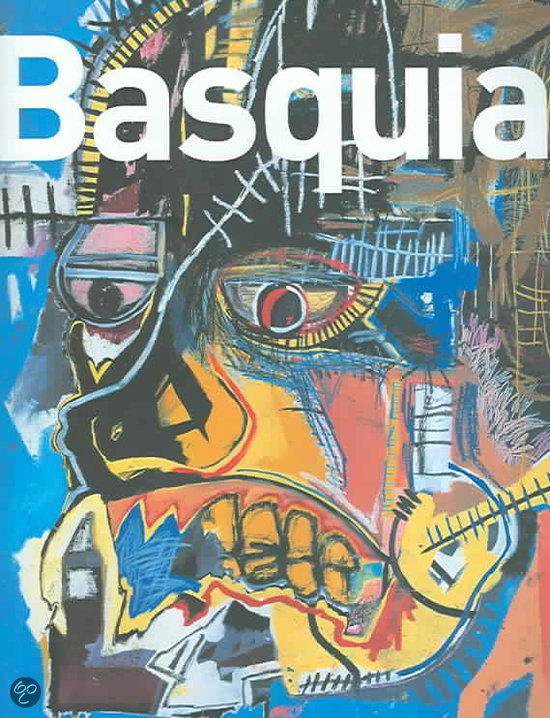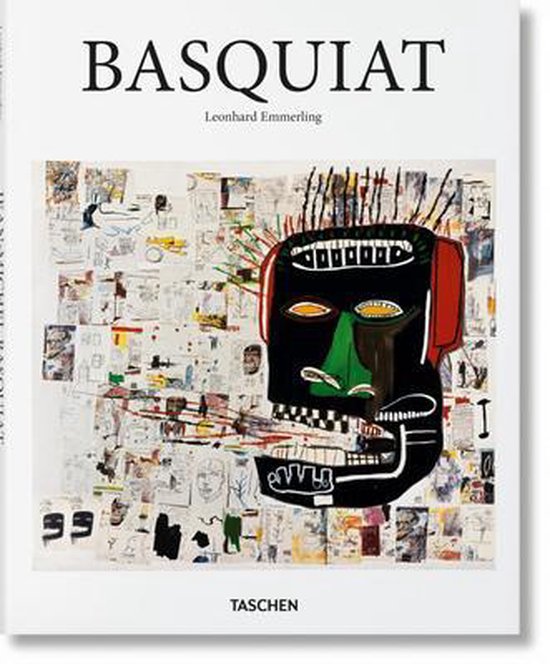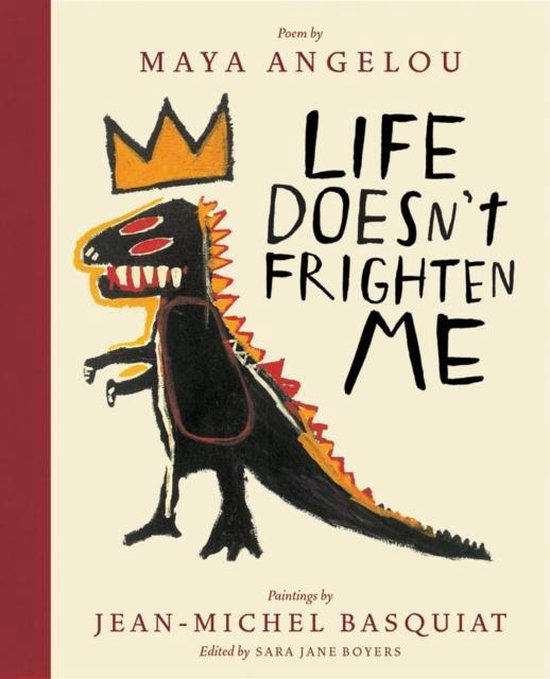
Basquiat
Born in Brooklyn in 1960, Jean-Michel Basquiat lived to the age of only twenty-seven. His meteoric career as an artist had lasted no more than eight years. The one-time teenage runaway and high-school dropout was first included in a group exhibition in 1980, and almost immediately knew considerable success, enjoying his first solo exhibition just two years later. Basquiat quickly became a notable figure on the international art scene, mixing with dealers and artists. Among these was Andy Warhol, with whom he established a close working relationship.
Borrowing from graffiti and street imagery, cartoons, mythology and religious symbolism, Basquiat's drawings and paintings explore issues of race and identity, providing social commentary that is both shrewdly observed and biting. Characterized by their intensely personal nature and the raw, almost aggressive handling of paint, these works have an enduring power to move and to confound.
Viewing the heady world of the 1980s art scene from the beginning of a new century, we are able to look at Basquiat's achievements with increasing objectivity. Rather than explore his persona, this book aims to demonstrate the lasting quality of Basquiat's work itself, as well as its uniqueness within modern art. It strives not only to reevaluate his principal works, but also to explain Basquiat's continuing interest as a major painter.
Borrowing from graffiti and street imagery, cartoons, mythology and religious symbolism, Basquiat's drawings and paintings explore issues of race and identity, providing social commentary that is both shrewdly observed and biting. Characterized by their intensely personal nature and the raw, almost aggressive handling of paint, these works have an enduring power to move and to confound.
Viewing the heady world of the 1980s art scene from the beginning of a new century, we are able to look at Basquiat's achievements with increasing objectivity. Rather than explore his persona, this book aims to demonstrate the lasting quality of Basquiat's work itself, as well as its uniqueness within modern art. It strives not only to reevaluate his principal works, but also to explain Basquiat's continuing interest as a major painter.
| Auteur | | Marc Mayer |
| Taal | | Engels |
| Type | | Hardcover |
| Categorie | | Kunst & Fotografie |





